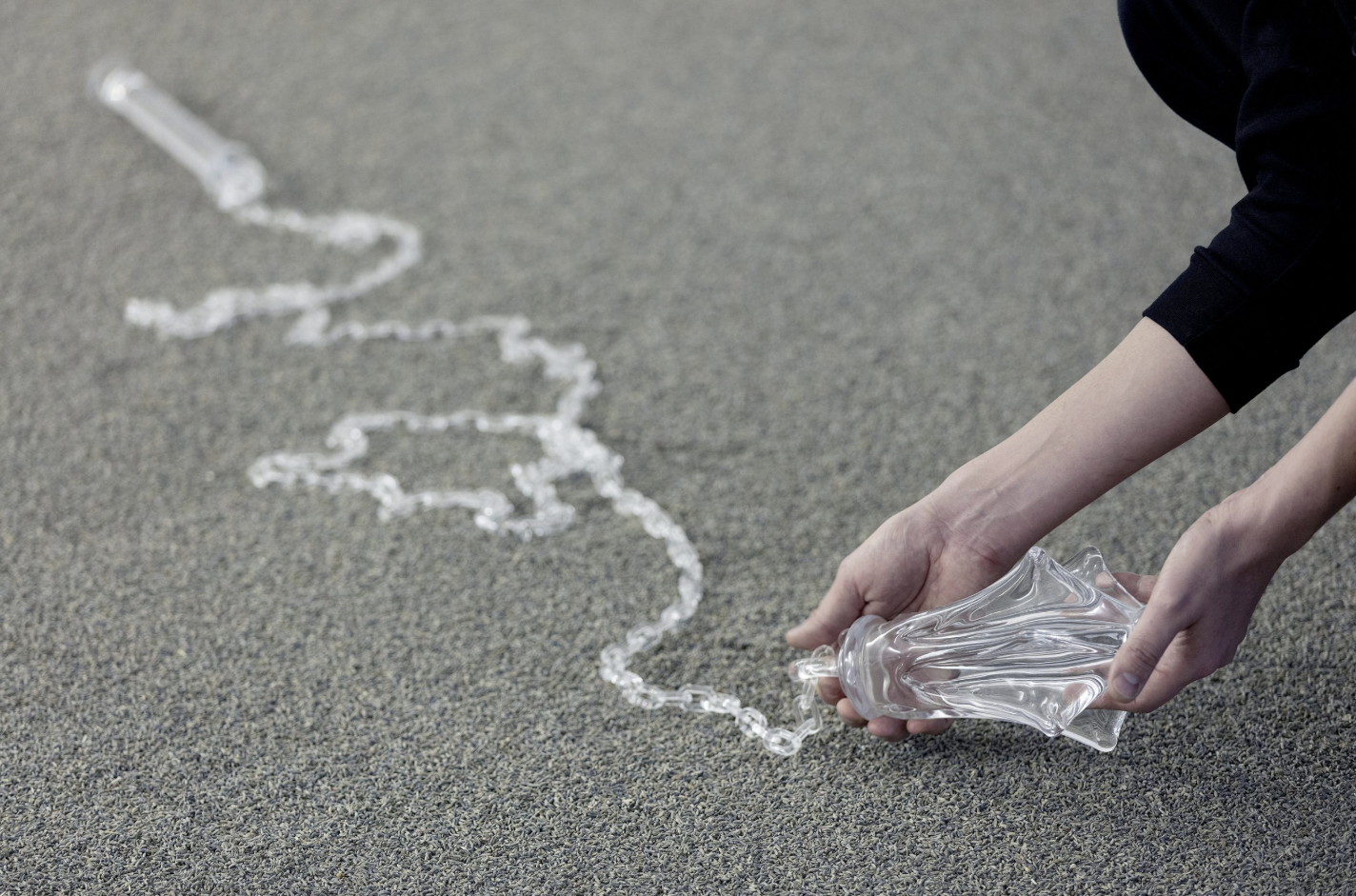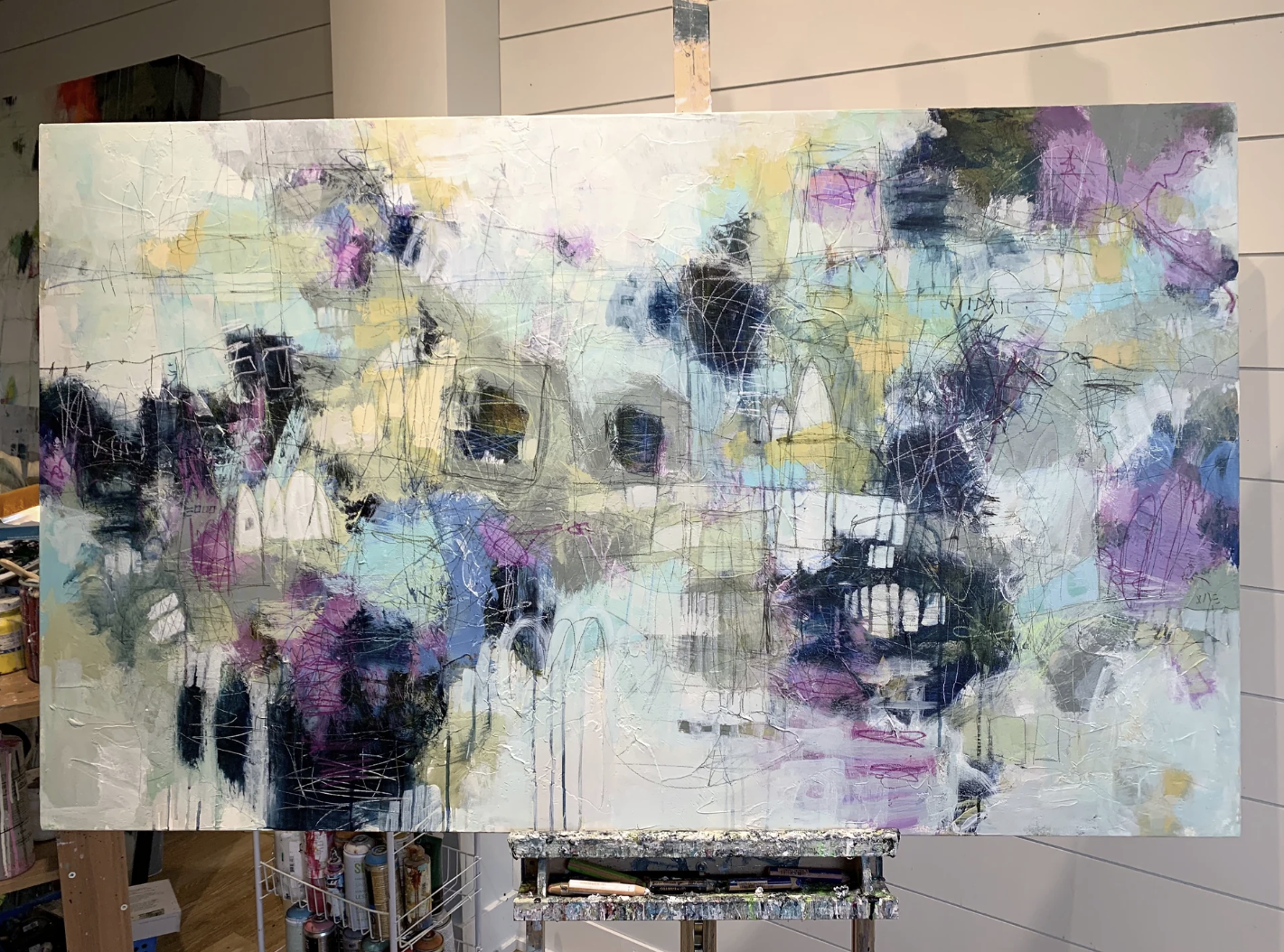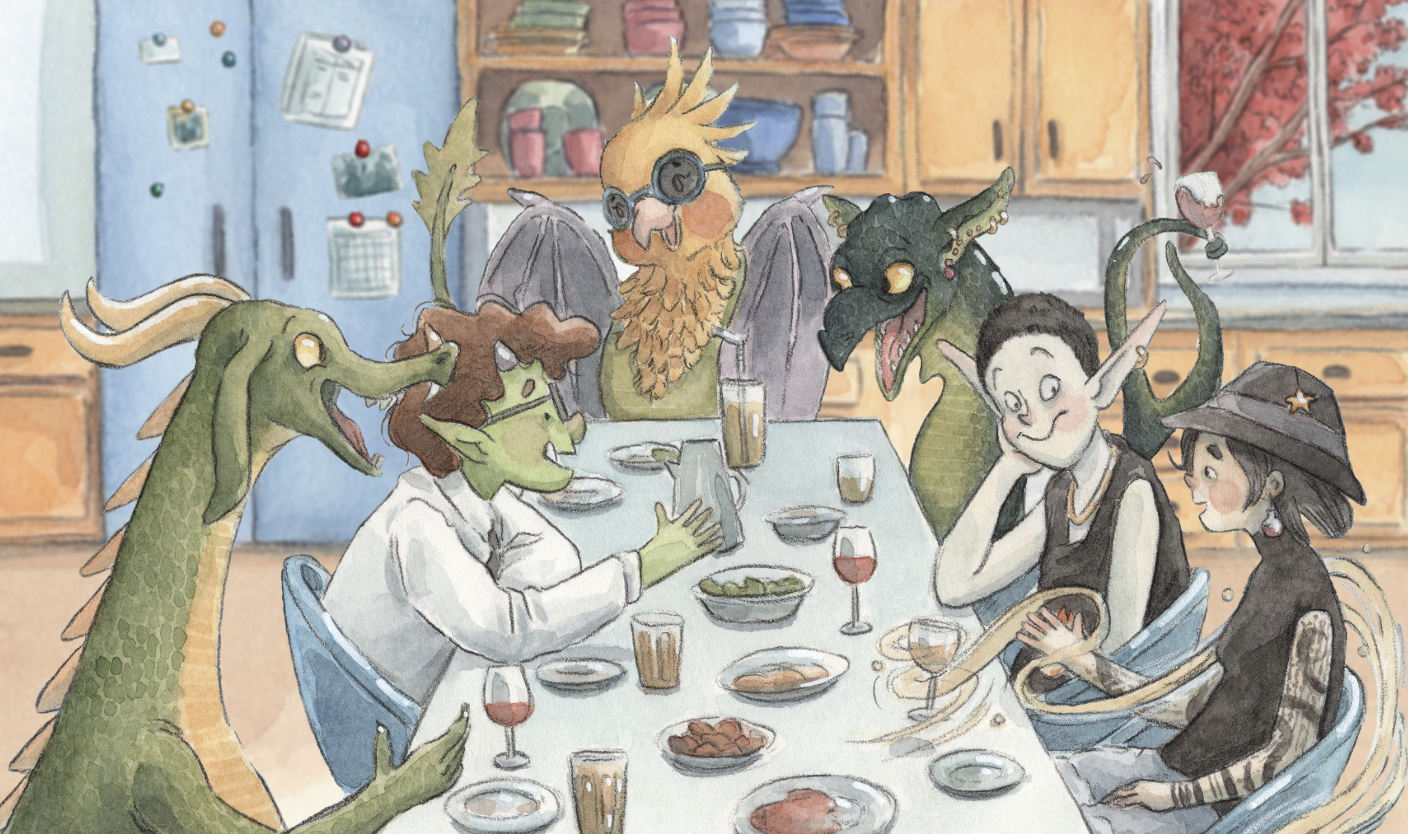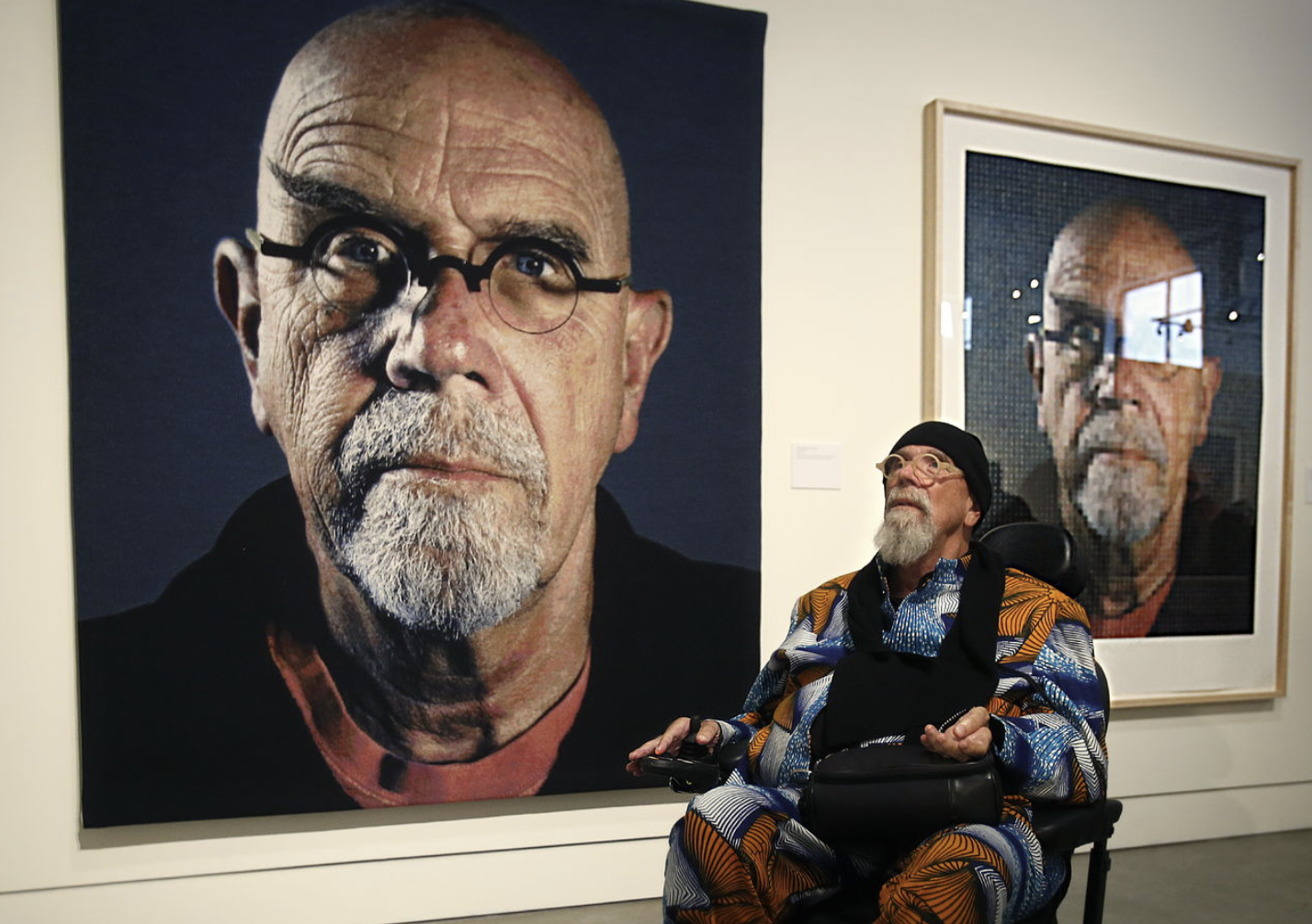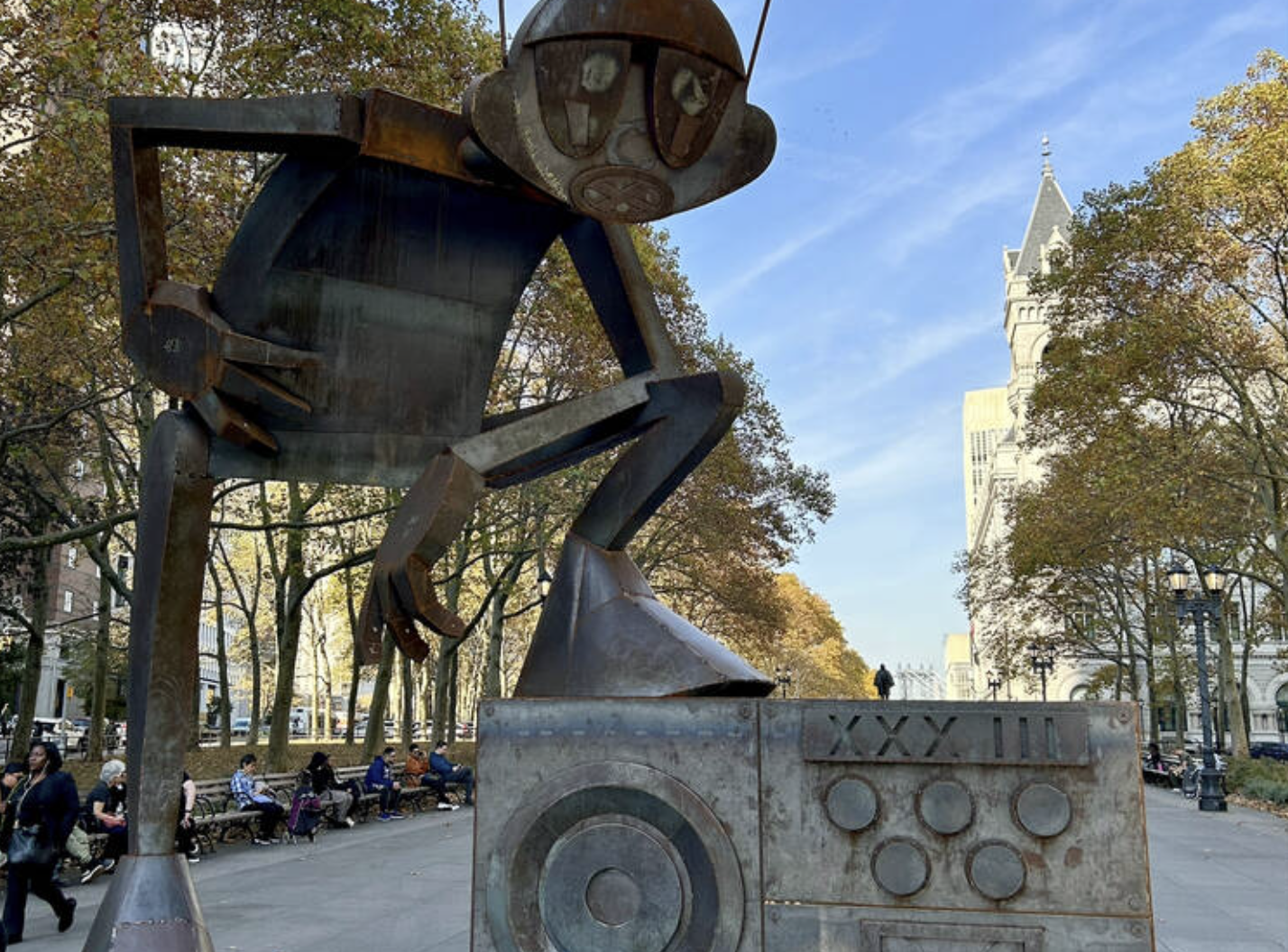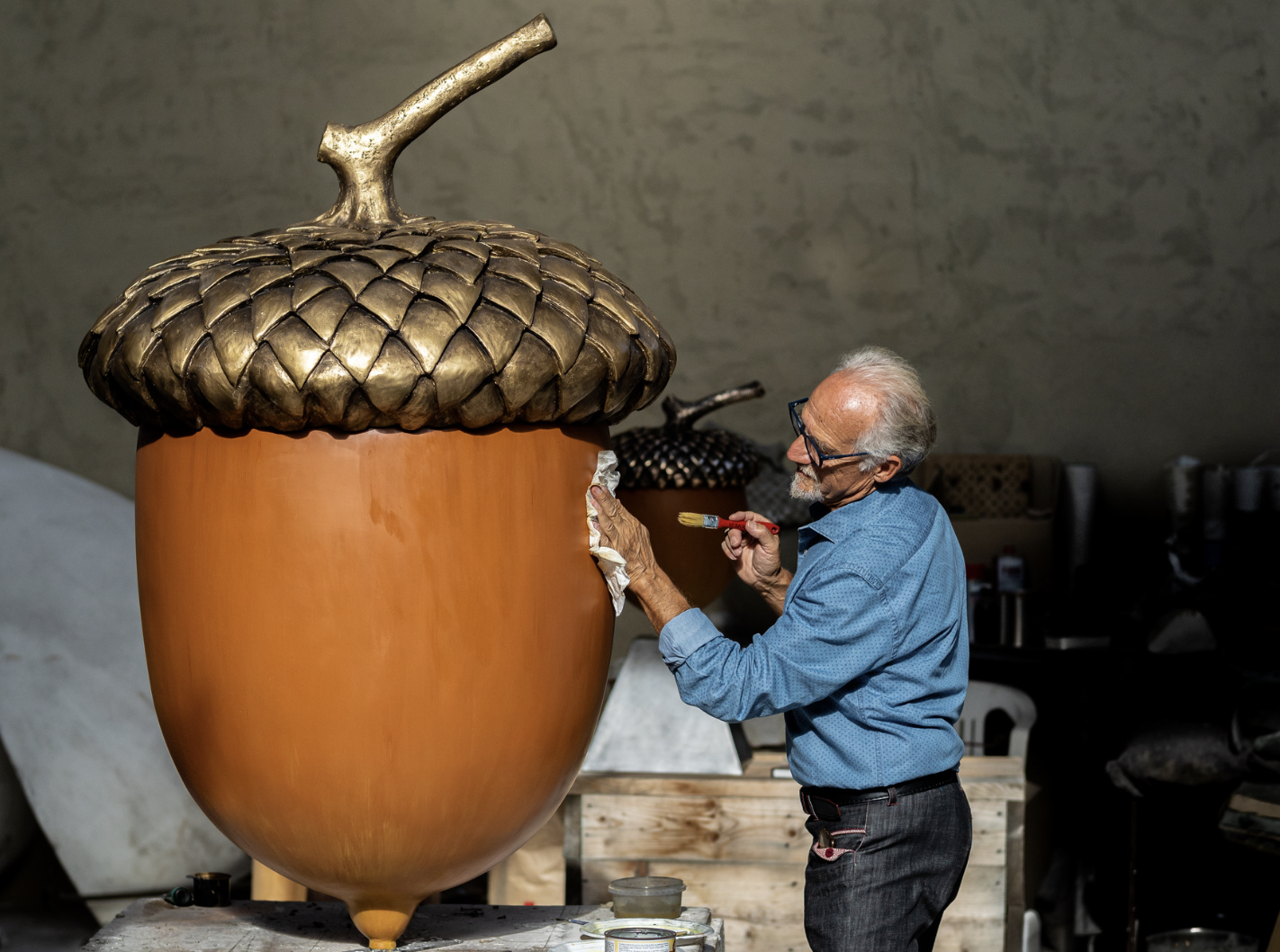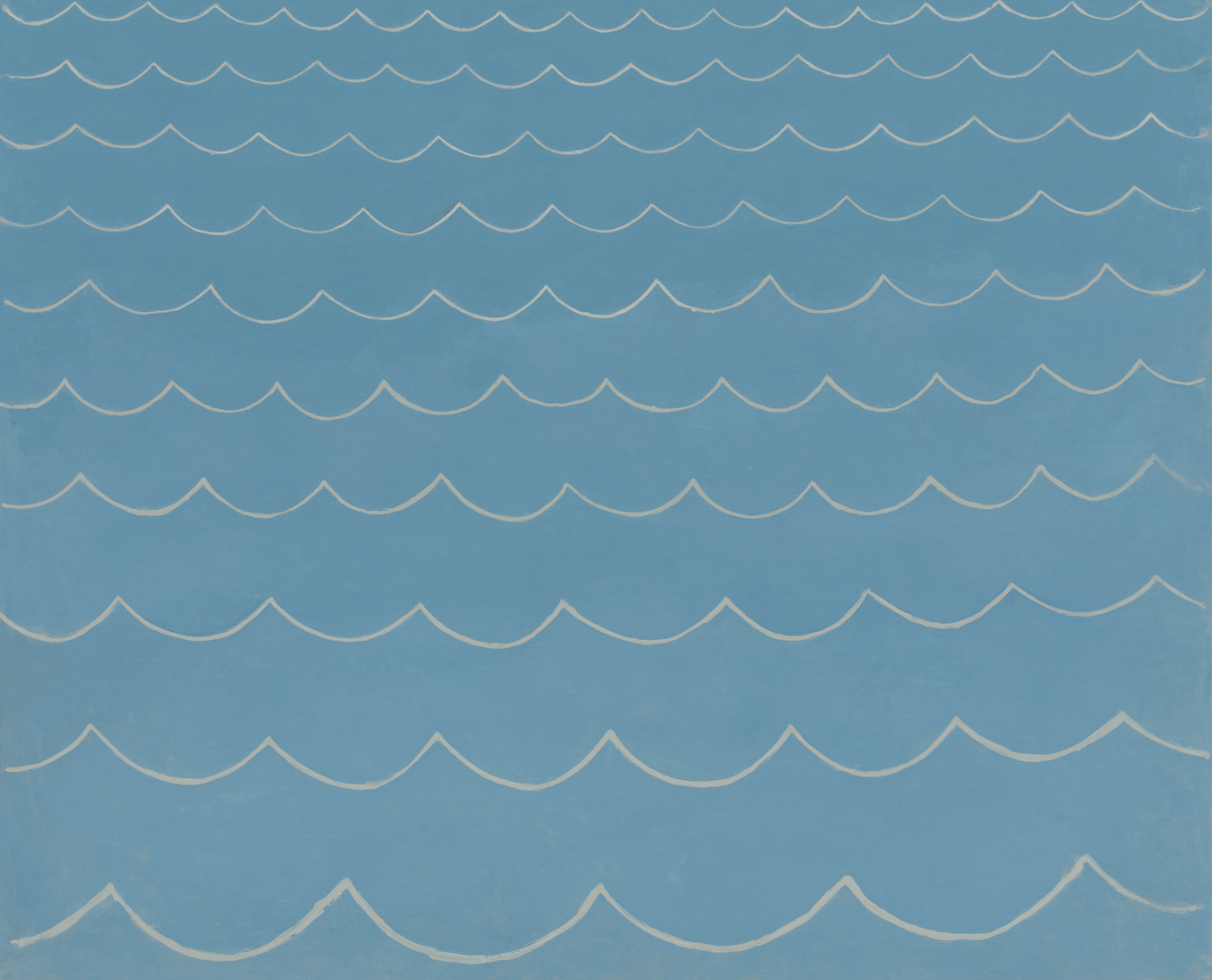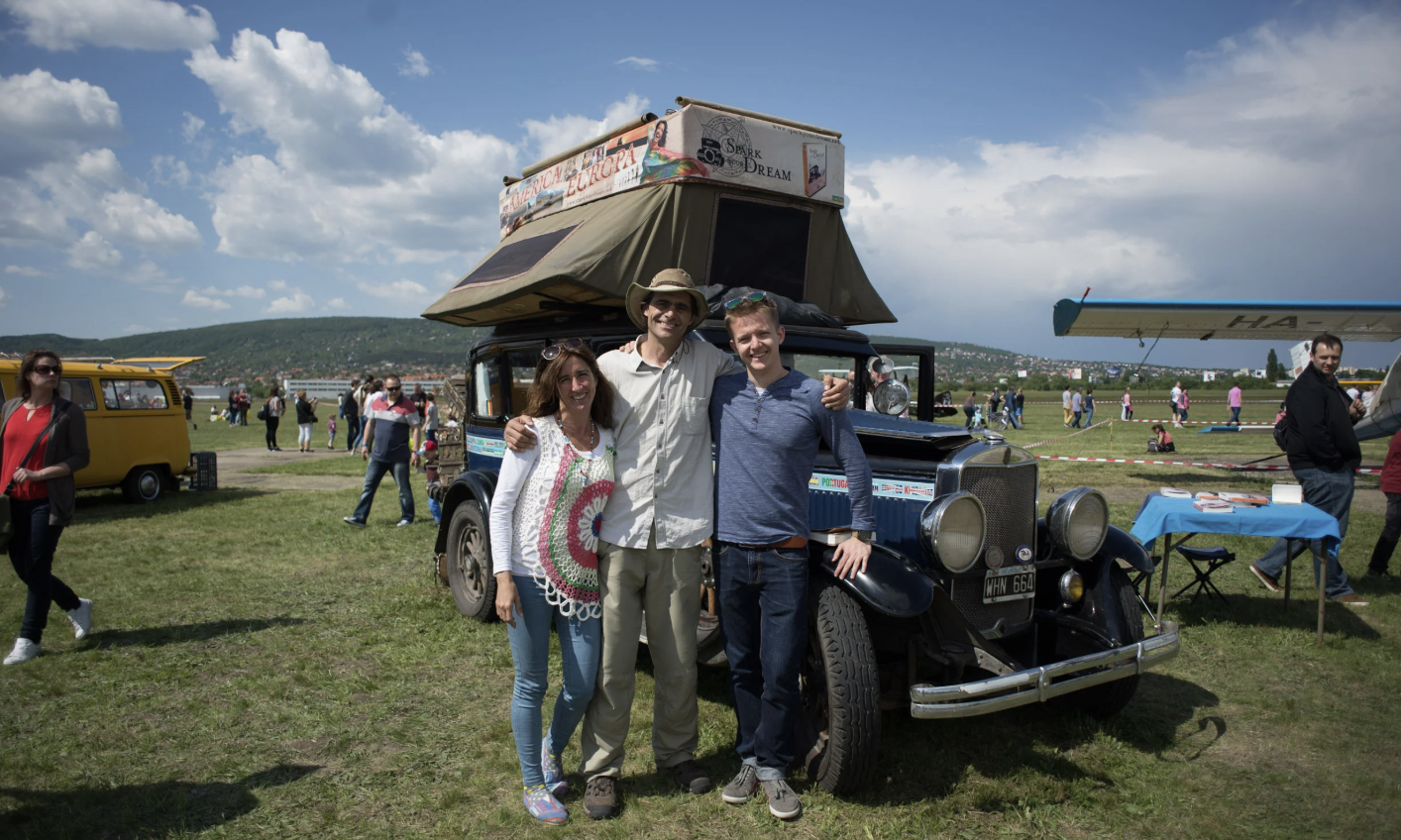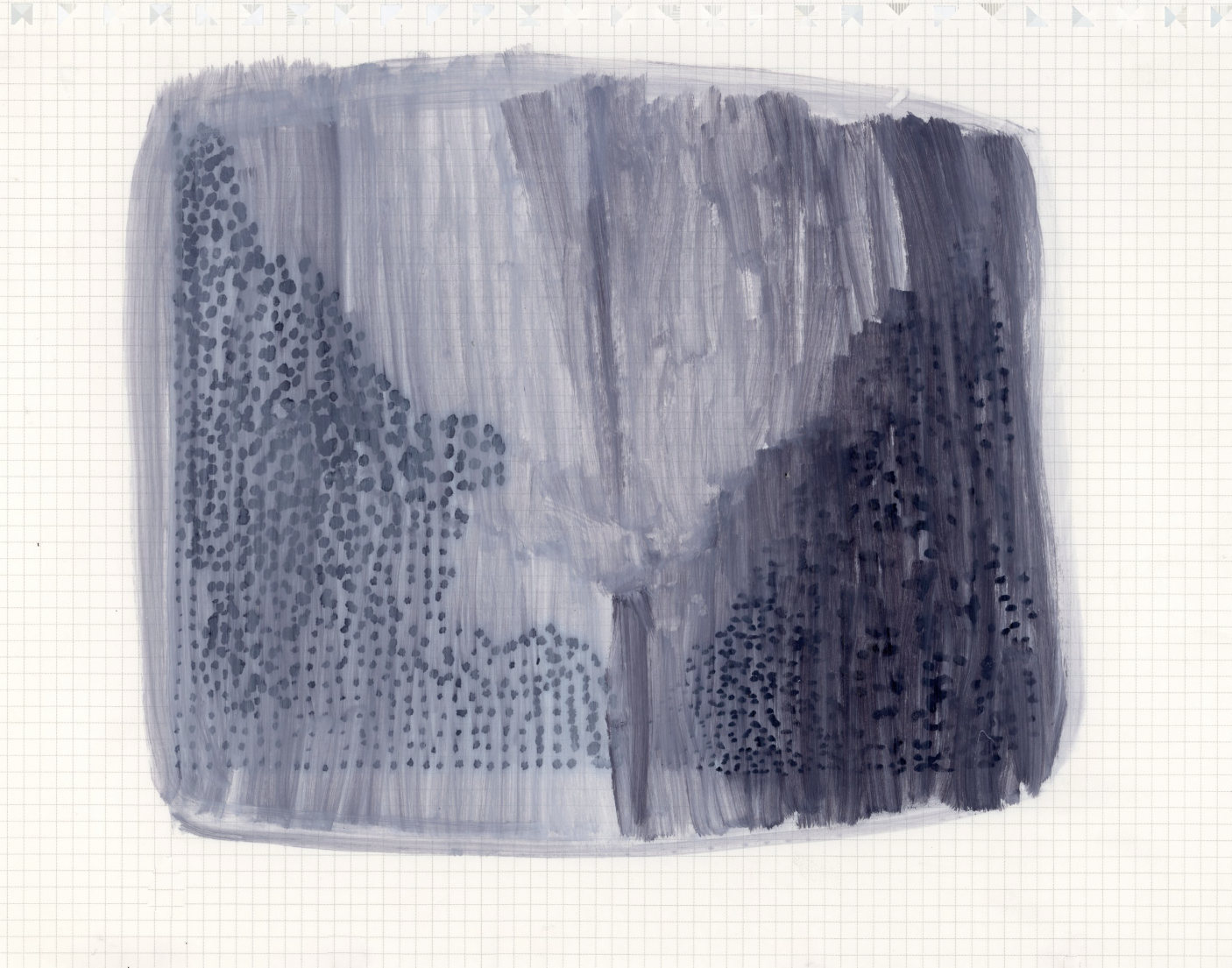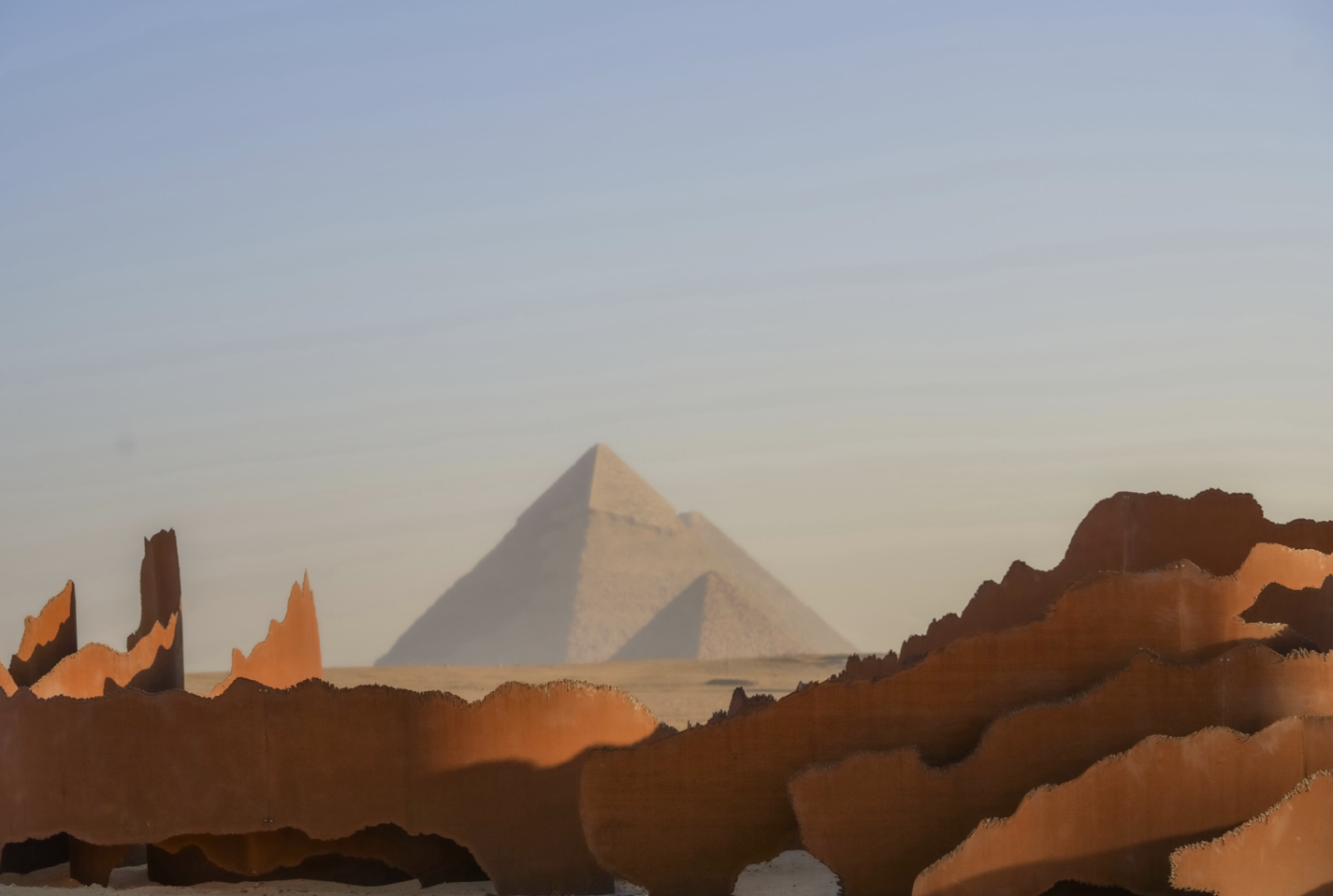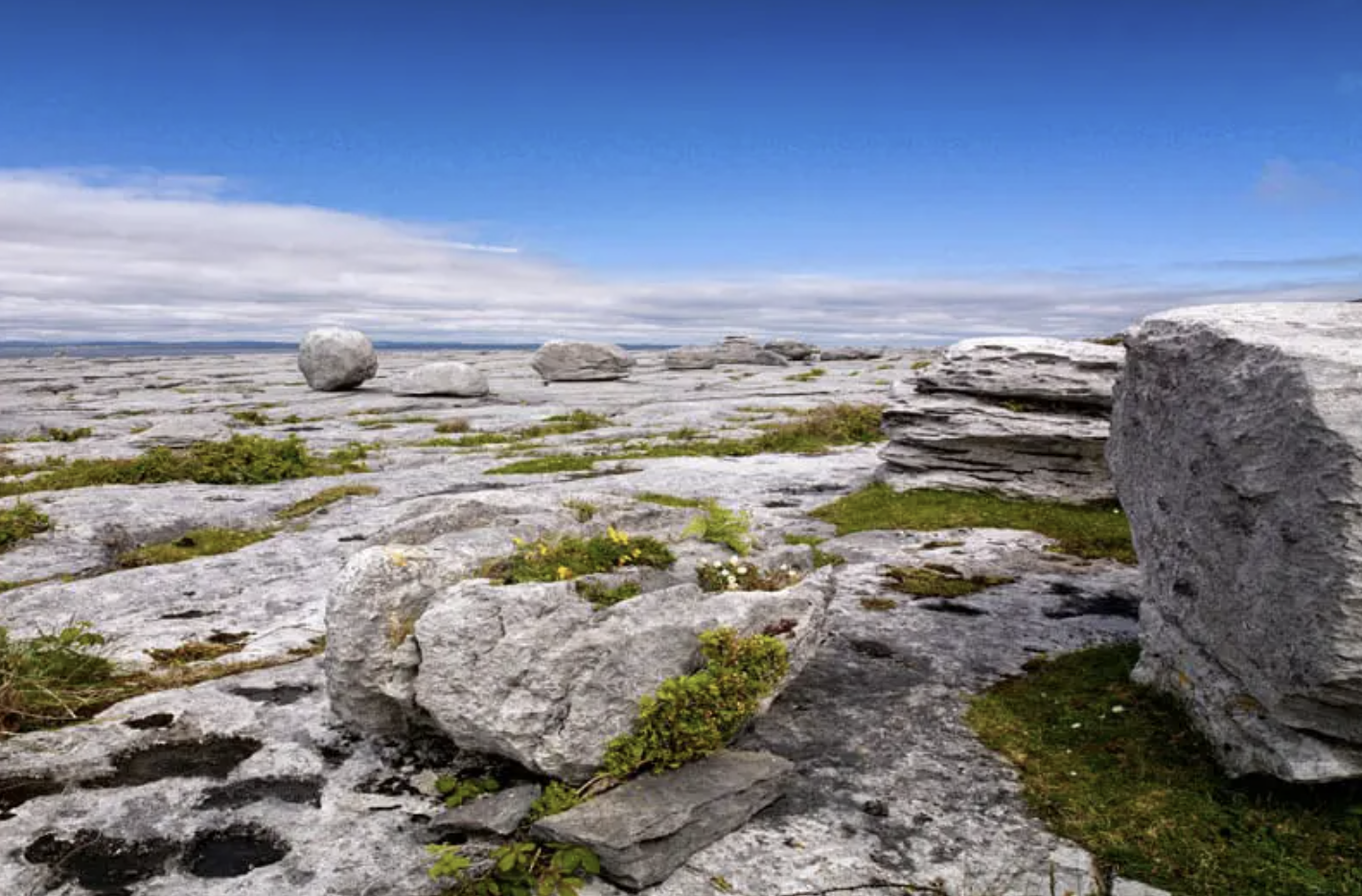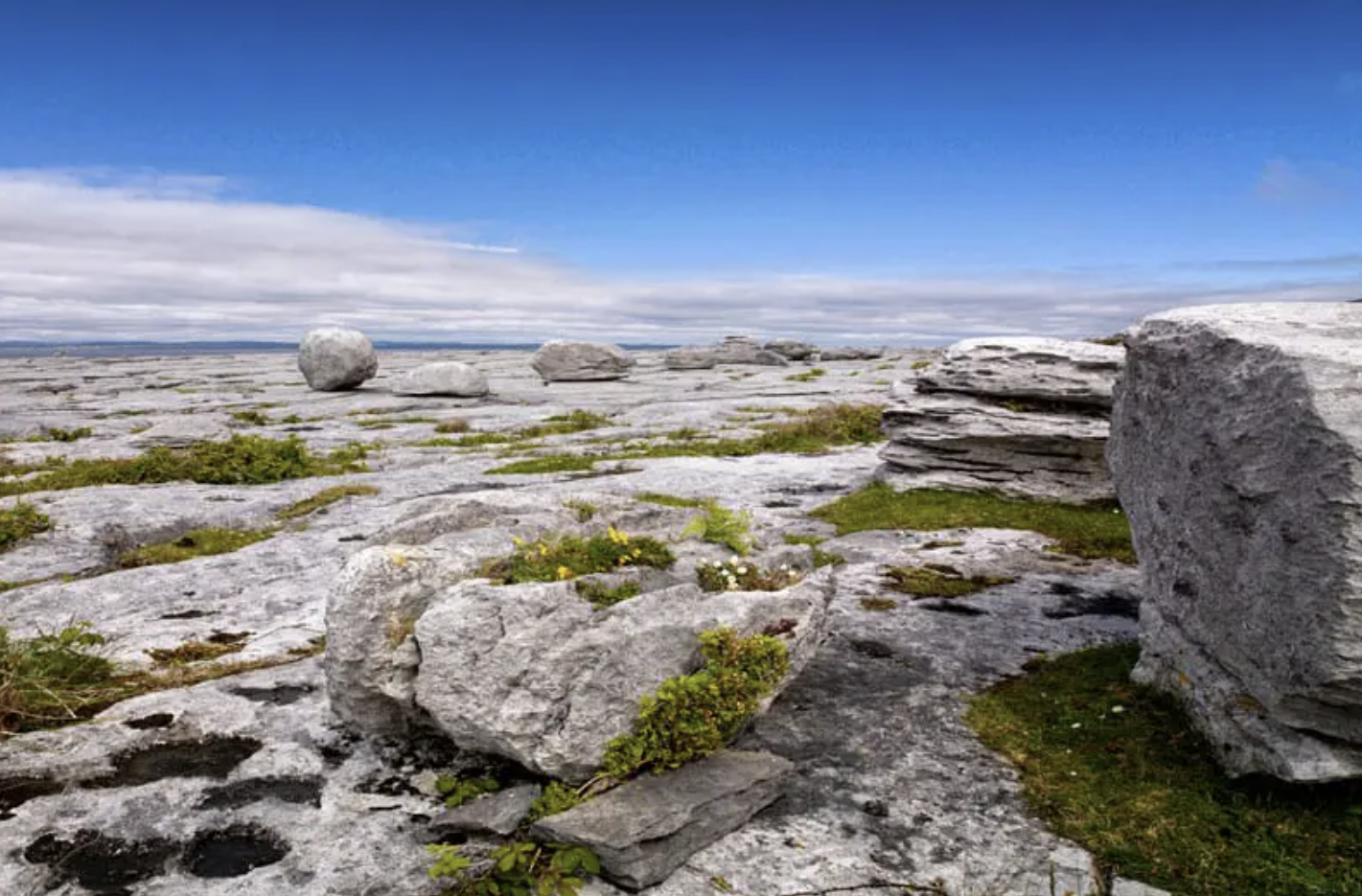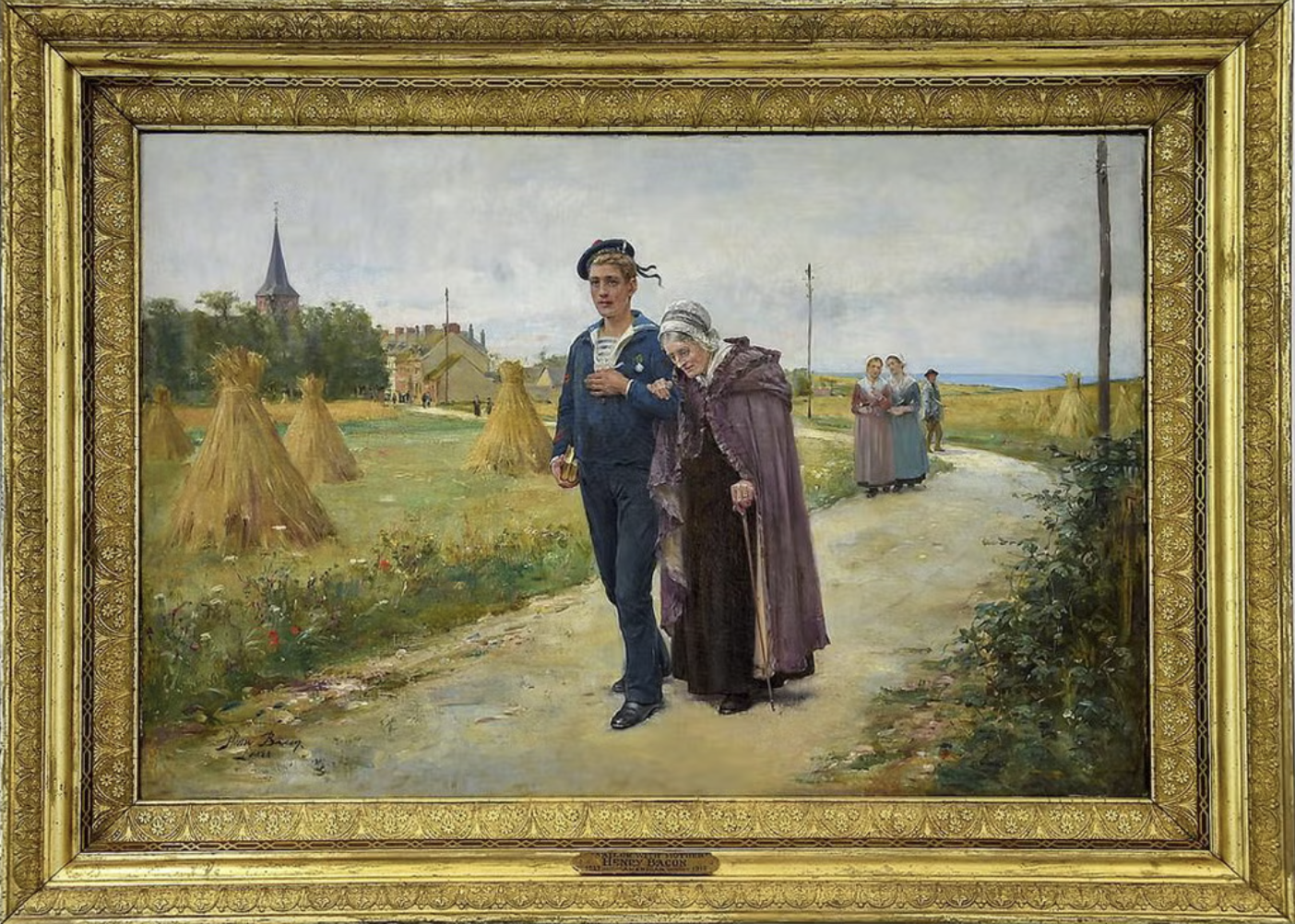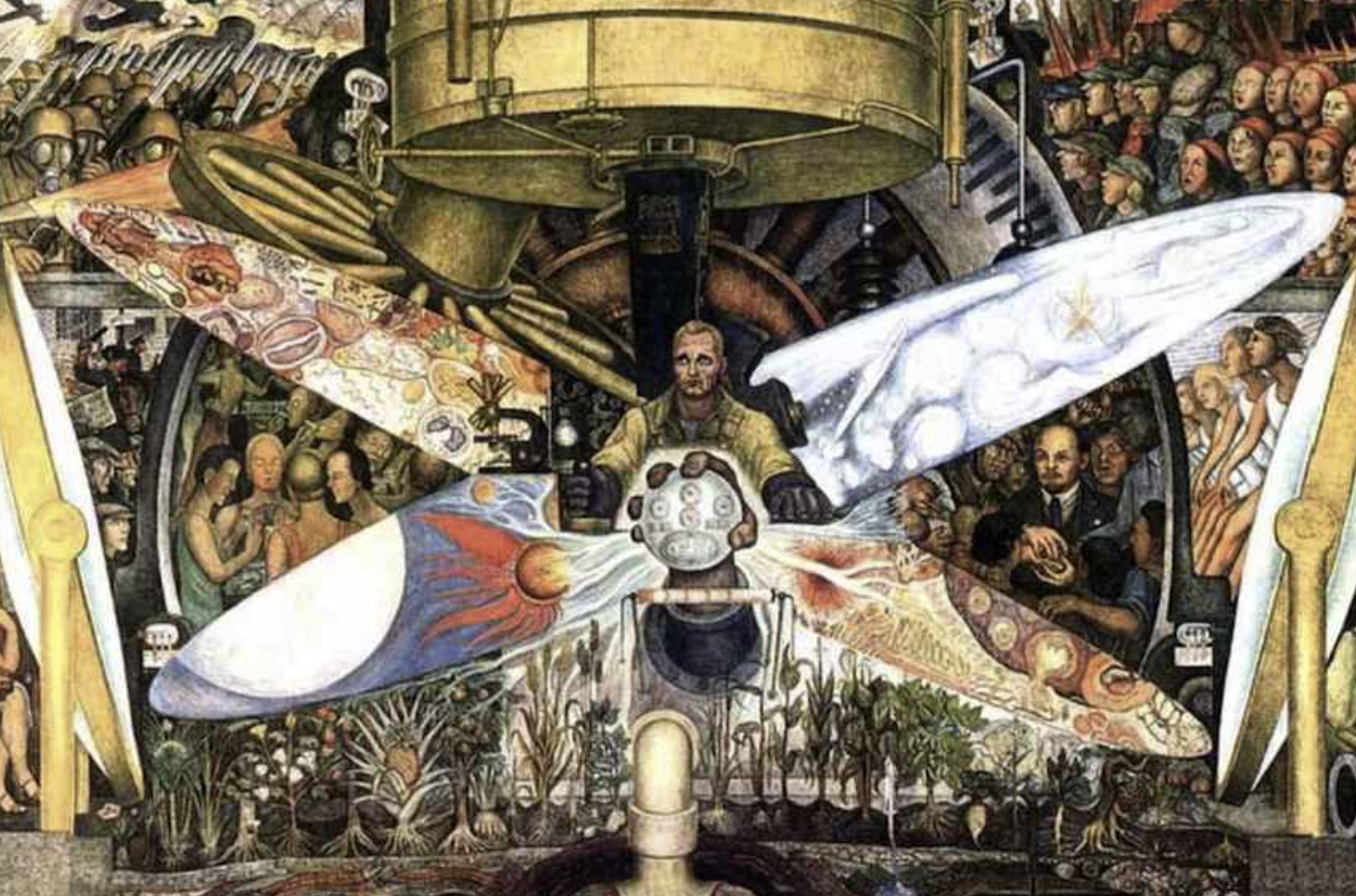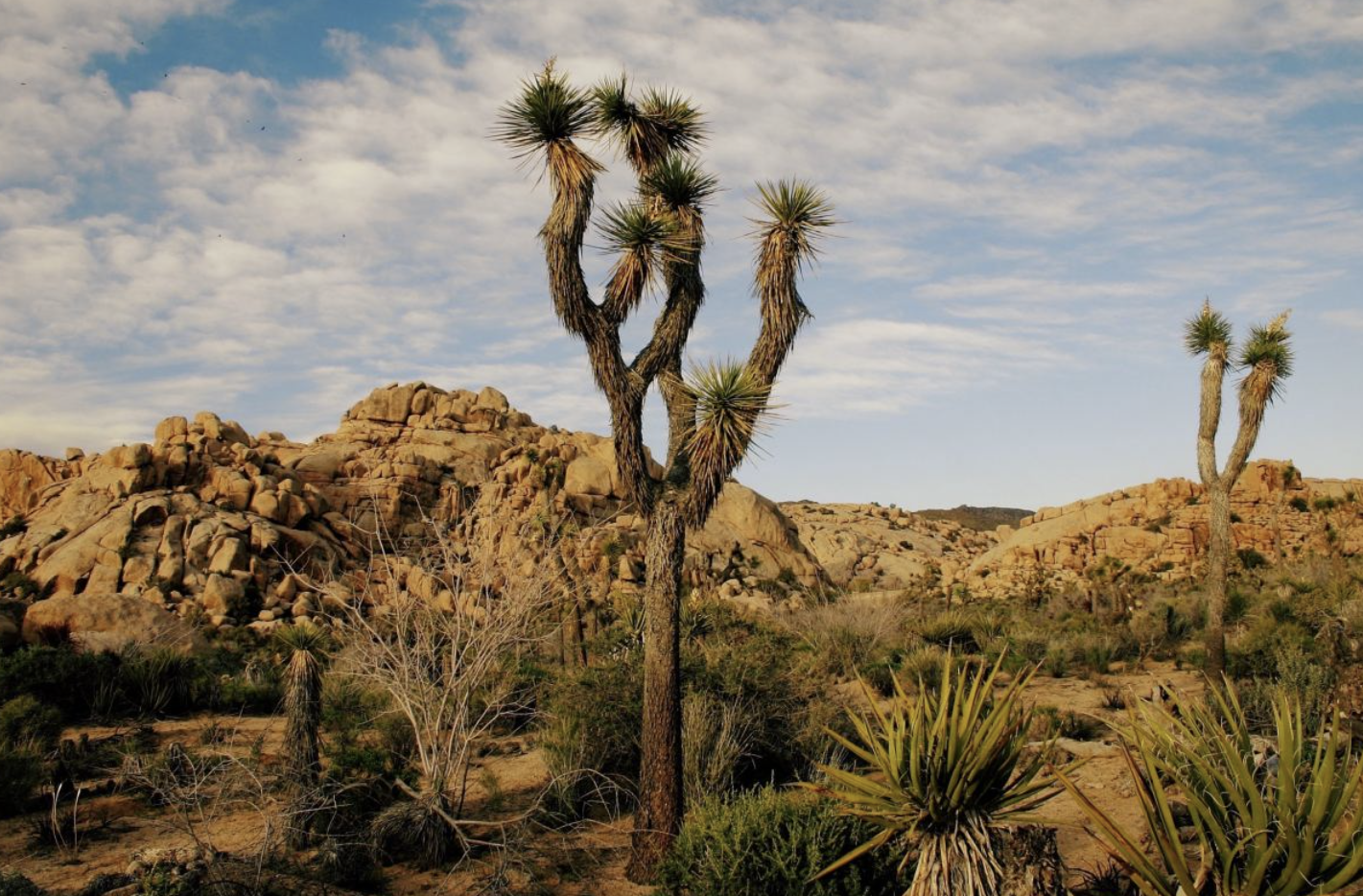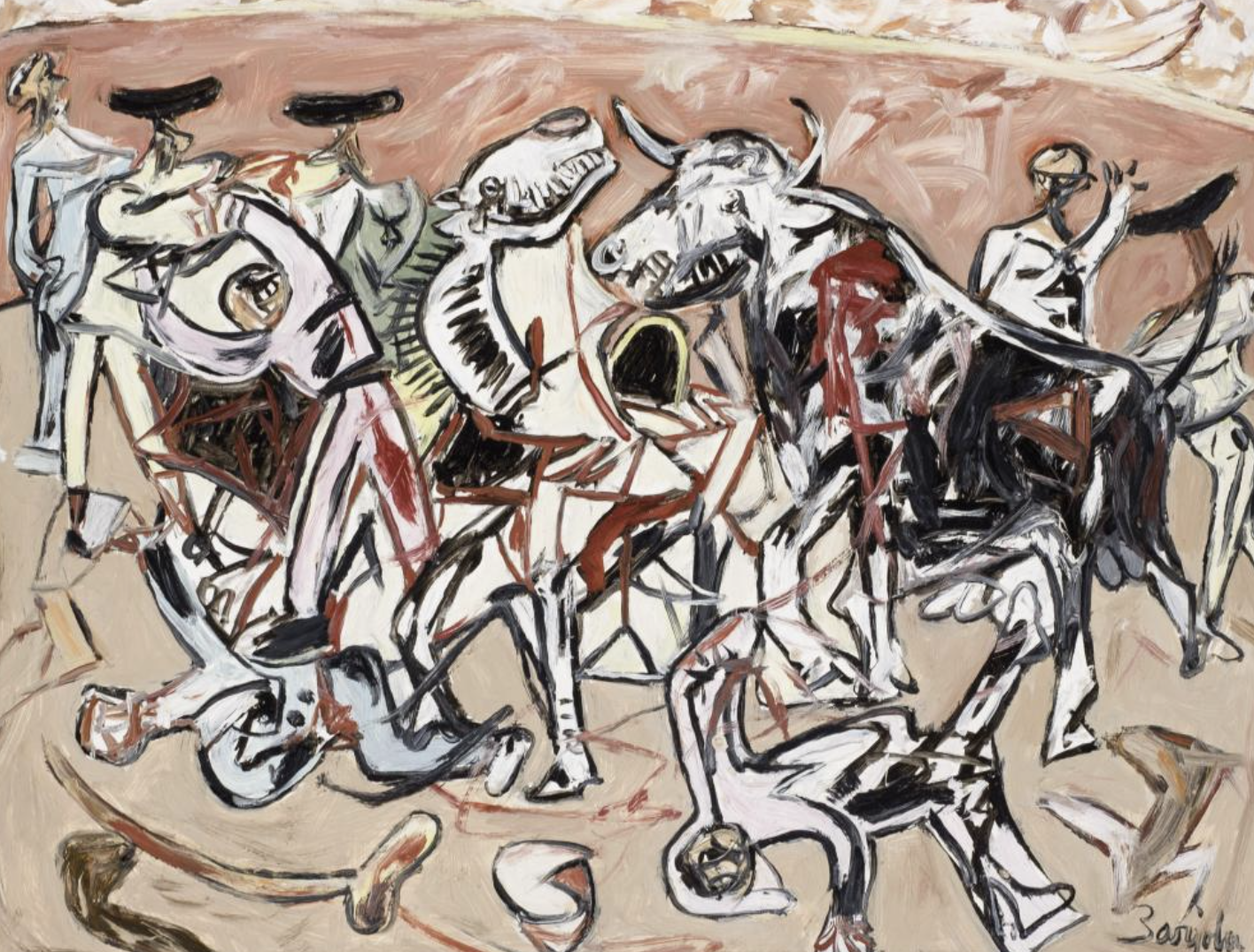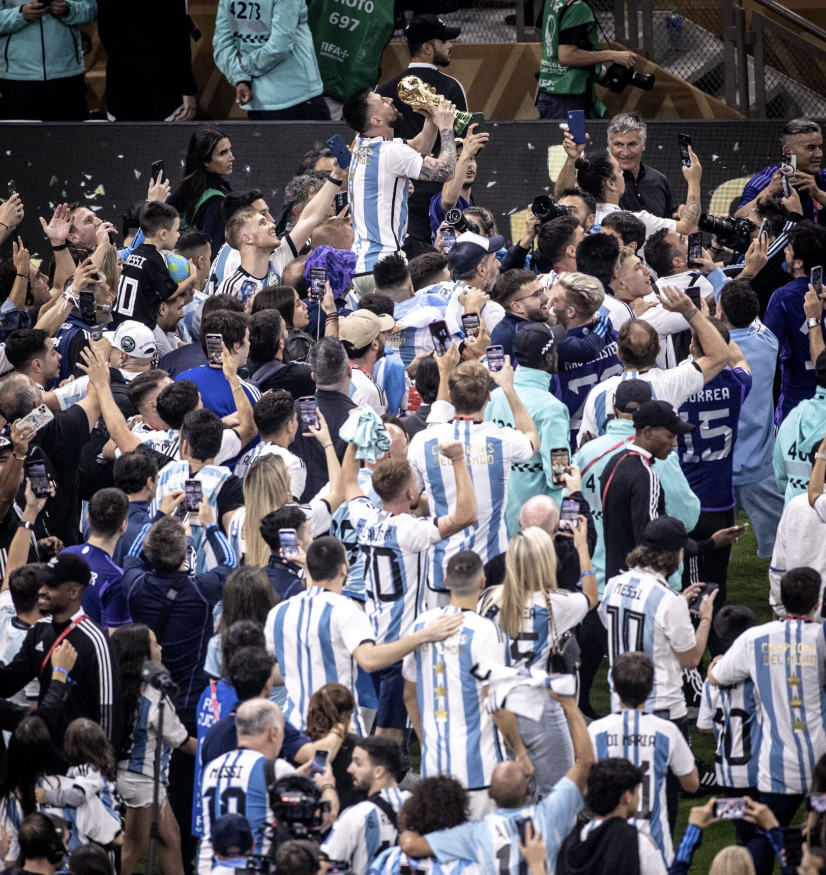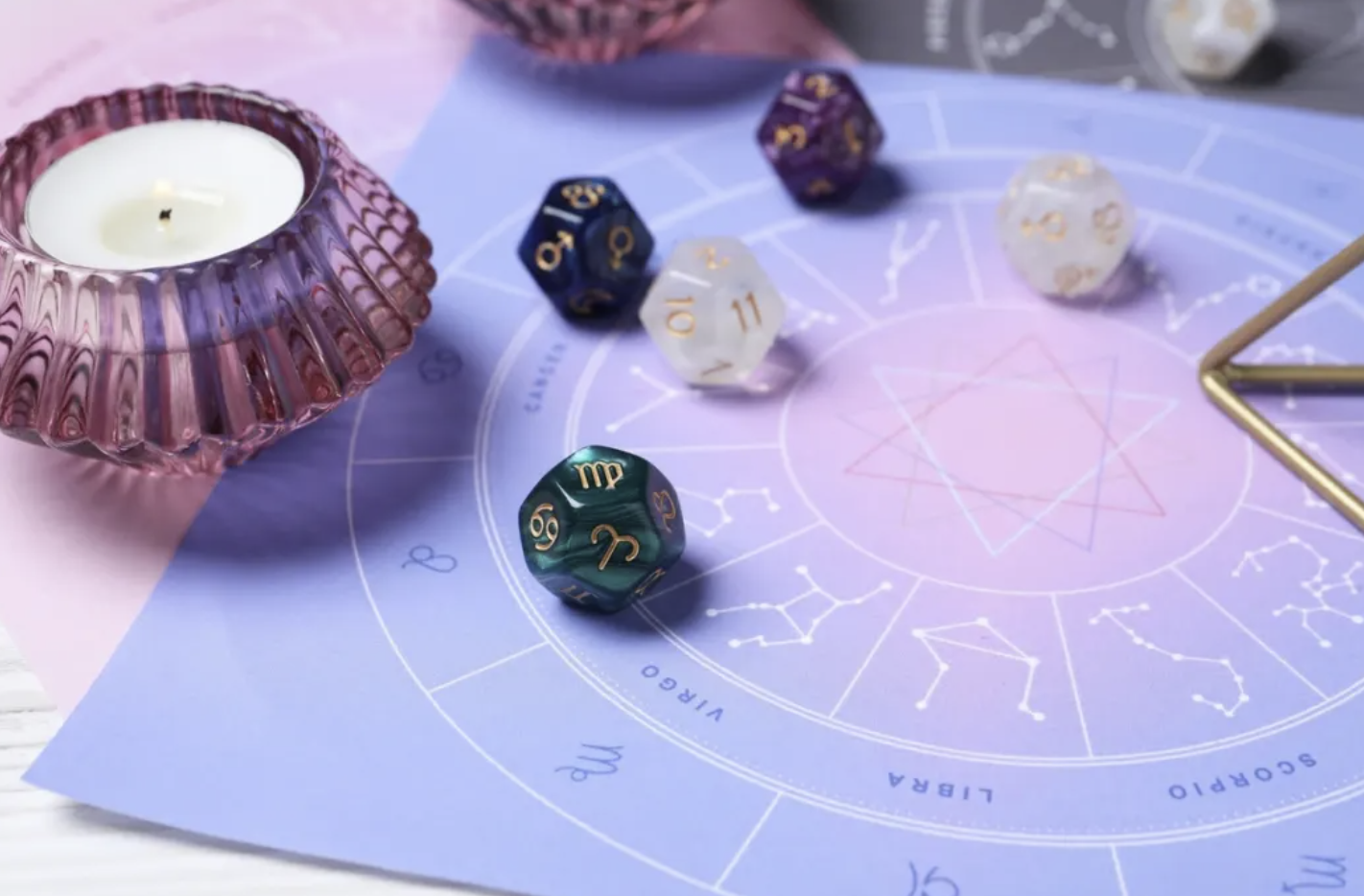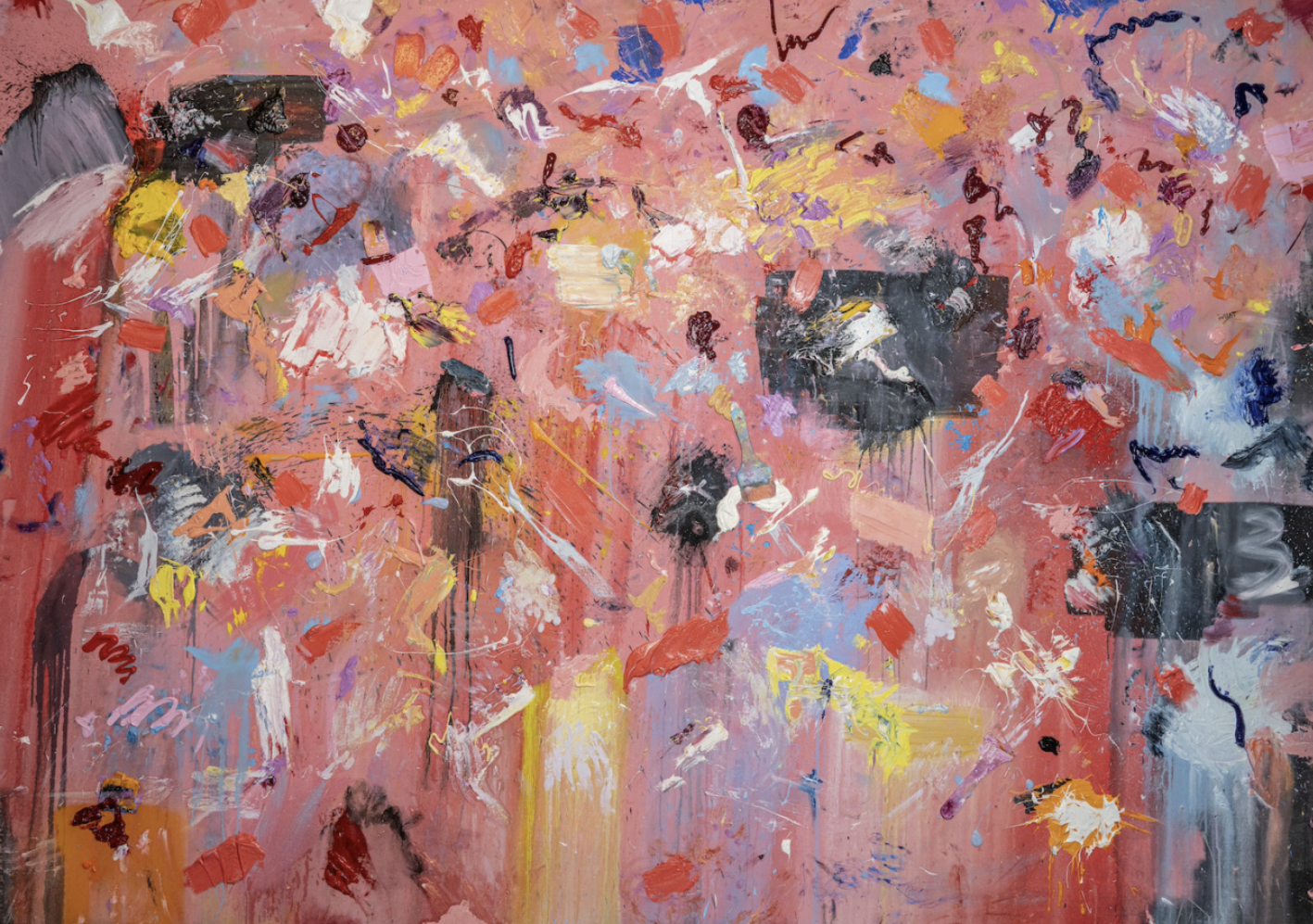
Teaching art as an adjunct professor for over thirty years has shaped my perspective on both education and creativity. In my book, Did I Do That? Thirty Years of Adjunct Teaching, I reflect on my time in the classroom, sharing stories and conversations that took place with fellow artists and colleagues, often over a drink or during faculty meetings. These moments, often informal, became a window into the unique challenges and rewarding experiences of an artist-teacher.
One of the stories that has always stuck with me is from Tony Smith’s time teaching at Cooper Union in the early 1950s. On a dark night, someone pointed him to an unfinished stretch of the New Jersey Turnpike. Smith drove there with three students, entering a stretch of road that was unmarked, without lights or barriers. The highway, which stretched across a flat landscape with distant hills and industrial landmarks, was an eerie yet exhilarating experience. Smith, having no clear way to interpret the scene, realized that this journey liberated him from his preconceived notions about art. He later saw similar surreal landscapes in abandoned airstrips in Europe—manmade structures with no clear function or tradition, which influenced the earthworks movement later championed by Robert Smithson.
The story of Smith’s road trip spread throughout the art world and, in the 1960s, was published in Artforum, reaching a larger audience. Around this time, Alice Aycock wrote her Master’s thesis on the U.S. highway system, reflecting how deeply the idea of highways and exit ramps influenced contemporary artists, including Smith. When I entered the Master’s program at Hunter College in the late 1970s, I was fortunate to study under instructors who had connections to these iconic figures. Smith often shared anecdotes in class, weaving stories about Frank Lloyd Wright, Jackson Pollock, and other prominent artists into critiques. These stories shaped our understanding of art and its place in history.
Back then, art school was less structured than it is today. Instructors didn’t rely on syllabi or rigid frameworks. We were there to make art, and the teaching process was often spontaneous, guided by stories and experiences from the instructors’ own artistic journeys. We didn’t have reading lists or assignments; instead, we learned through the process of creating. One of the most memorable classroom debates I encountered was about the infamous painting Blue Poles by Jackson Pollock. Rumor had it that Pollock, in a moment of frustration, had allowed Tony Smith and Barnett Newman to add their own marks to the canvas, making Blue Poles a collaborative effort. While I never confirmed the story, it sparked countless discussions about authorship and artistic collaboration.
During my time at Hunter, I studied with professors from various generations, ranging from the first wave of Abstract Expressionism to Post-Minimalism and Conceptual Art. This diversity of thought provided a broad understanding of the evolution of modern art, an invaluable foundation for any aspiring artist or teacher. However, when I graduated, I didn’t immediately consider teaching. My focus was on establishing myself as an artist first. I exhibited my work, took some time away from academia, and began developing the many income streams that were encouraged during my education. It became clear that most artists taught alongside their own artistic practice, and teaching became just one of many ways to sustain a livelihood.
It wasn’t until I received a call from Jeanne Siegel, the Chair of the Art Department at the School of Visual Arts, that teaching became a reality. Initially, I thought she was asking me to build her a bookcase. But when I returned her call, I found myself offered a teaching position. Within a week, I was standing in front of my first class, unsure of what I was doing but filled with excitement. I had no syllabus, no prepared curriculum. Instead, I simply gave the students a list of potential ideas for their first project, allowing them to choose. It was chaotic, but it worked. Within a few weeks, students were working on their own projects, and the class felt like a spontaneous, collective experiment in making art.
Over time, my teaching style evolved, but it retained a sense of improvisation and freedom. I was never interested in controlling the process; instead, I facilitated, allowing students to explore their creativity without rigid guidelines. It was a method that worked for me, but it eventually became clear that the academic world was moving toward more structure. As I started teaching at multiple schools, the demands of syllabus creation and administrative expectations grew. It became harder to teach without a clear plan, and soon I had to adjust to the new expectations of formalized teaching methods.
Looking back, the early years of teaching were a period of discovery, not just for my students, but for myself. I learned that teaching is not just about imparting knowledge; it’s about creating an environment where students feel free to explore and develop their own artistic voice. While my method was unorthodox, it was deeply rewarding. However, as the years passed, the pressure for standardized teaching grew, and I had to find a balance between my creative, unstructured approach and the realities of modern academia.


